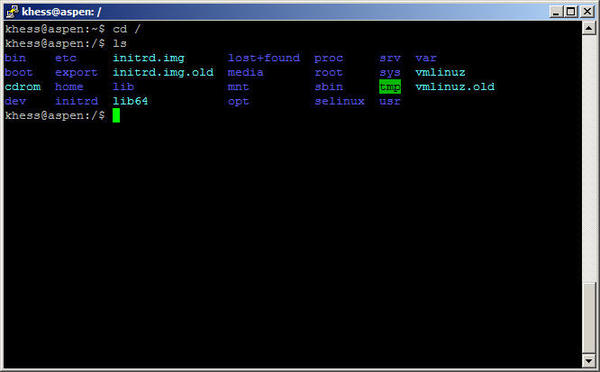SAN and LAN in an Enterprise Network
The exchange of data between servers and storage devices in a SAN takes place by using the fibre channel technology. The fiber channel technology is an American National Standard Institute (ANSI)-standard technology that is used for data transmission between servers and storage devices in a SAN. This technology enables the servers and storage devices in a SAN to communicate at a speed of up to 1 Gbps (100 MBps or 200 MBps) by using dedicated channels called data paths. This technology uses various protocols, such as Small Computer System Interface (SCSI) and Internet Protocol (IP), to enable the servers and storage devices to communicate with each other. The fibre channel technology is implemented in a SAN by using various hardware components, which are as follows:
I Host Base Adapter (HBA): Refers to the interface card that provides I/O processing and connectivity between the servers and storage devices connected through a SAN in an enterprise.
SAN components: Refers to the connectivity devices, such as hubs, switches, and routers, which enable data transfer between the servers and storage devices in an enterprise.
Storage fabric: Refers to the cables used for connecting servers, storage devices, and SAN components to form the SAN environment. These cables can be optical fibers or copper wires.
Read More
I Host Base Adapter (HBA): Refers to the interface card that provides I/O processing and connectivity between the servers and storage devices connected through a SAN in an enterprise.
SAN components: Refers to the connectivity devices, such as hubs, switches, and routers, which enable data transfer between the servers and storage devices in an enterprise.
Storage fabric: Refers to the cables used for connecting servers, storage devices, and SAN components to form the SAN environment. These cables can be optical fibers or copper wires.








